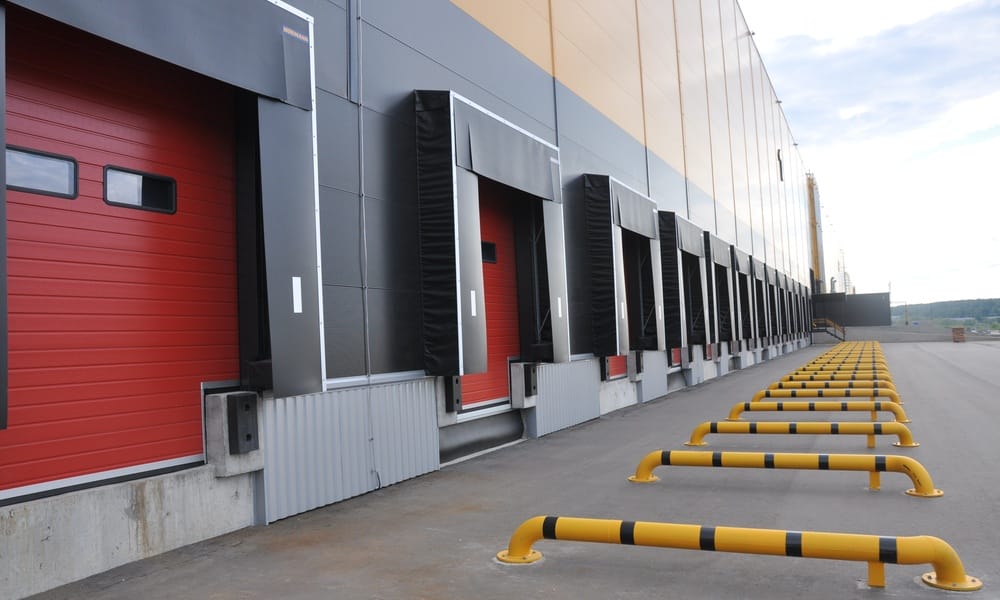Healthcare facilities operate in dynamic environments where efficiency, safety, and hygiene are critical. Every decision, from equipment to infrastructure, has a direct impact on operational success.
Among these considerations, overhead doors play a pivotal role in addressing the unique challenges faced by hospitals, clinics, and other medical centers. But why do healthcare facilities use overhead doors? And how do these features benefit their programs?
Streamline Emergency Services With Rapid Access
When seconds count, healthcare facilities need solutions that can facilitate rapid movement. Overhead doors offer fast, reliable access, making them a vital component in emergency service operations. Think of ambulance bays or loading zones for medical supplies; these areas require doors that open and close efficiently to minimize delays.
Unlike traditional swing or sliding doors, overhead doors are optimized for swift vertical movement, reducing the risk of obstruction. This ensures that emergency services can unload patients or critical equipment without hindrance. Regular maintenance also ensures alignment remains precise and preserves the door’s performance and reliability during critical moments.
Maintain Hygiene and Prevent Contamination
Maintaining sterility in healthcare environments is nonnegotiable. Overhead doors contribute significantly to infection control efforts by creating effective physical barriers. For instance, segregating sterile areas from general zones reduces cross-contamination risks. Overhead doors that feature smooth, non-porous surfaces are especially valuable, as they are easier to sanitize and disinfect.
Automatic overhead doors are another asset, as they limit physical touchpoints. By adopting these, healthcare professionals reduce the spread of germs in busy areas like surgical theaters, loading docks, and food storage units. Incorporating this kind of technology reflects a facility’s commitment to patient safety and adherence to strict hygiene protocols.
Optimize Space and Workflow Efficiency
Space optimization is a constant concern for healthcare administrators. Overhead doors make the most of vertical space while keeping floor areas clear for critical operations. This is particularly important in compact or high-traffic areas like storage zones or parking garages.
Additionally, these doors streamline workflows by minimizing physical barriers. Whether transferring patients between wings or managing the delivery of medical supplies, overhead doors allow easy movement for personnel and equipment. To maintain this efficiency, periodically check the alignment and hardware. Misaligned or malfunctioning parts can disrupt workflow and compromise operations.
Ensure Security and Controlled Access
Security is essential in medical facilities, to protect sensitive areas and to keep patients and staff safe. Overhead doors offer enhanced control over access points, allowing facilities to regulate who enters and exits various parts of the building. These doors can be fitted with advanced locking systems, keycards, or biometric scanners to grant access only to authorized personnel.
Pharmacies, supply rooms, and data centers particularly benefit from this added layer of security. With the increasing focus on physical and data-related security in healthcare, these features ensure patient privacy and safeguard sensitive medical equipment or records.
Healthcare facilities thrive when their infrastructure works seamlessly to improve patient care, staff efficiency, and operational safety. Overhead doors exemplify this balance and deliver rapid access, maintain hygiene, optimize space, and ensure security. For administrators and professionals invested in streamlining healthcare operations, incorporating well-maintained overhead doors is a smart, long-term decision.
Always remember, proper alignment is key to extending door longevity and maximizing performance. By choosing thoughtfully and committing to upkeep, healthcare facilities can operate at their best.








